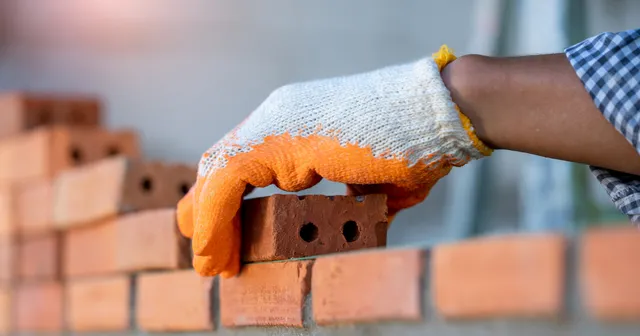Masonry, the venerable skill of constructing buildings from individual units of brick, stone, and concrete, secured by mortar, has a storied history that stretches back millennia. Its origins trace to ancient civilizations where the first builders shaped the environment to provide shelter and security. This craft has evolved significantly, adapting to new technologies and methods, yet it remains fundamental in modern construction due to its proven durability and aesthetic versatility. maçonnerie 95
The Historical Significance of Masonry
The history of masonry is as old as civilization itself, with examples like the ziggurats of Mesopotamia, the pyramids of Egypt, and the stonework that characterizes much of ancient Rome. Masonry’s ability to withstand the tests of time and nature has made it a preferred method for structures meant to last generations. This section explores key developments over the centuries and how they have influenced contemporary techniques.
Understanding Masonry Materials
Types of Building Stones
Natural stone is a popular choice for masonry due to its durability and natural beauty. Types of stone used include granite, limestone, marble, and sandstone, each with unique properties that suit different architectural styles and climates.
Brick Varieties
Bricks have been used in building since ancient times. Today, bricks are available in various types, including fired clay, sand lime, and engineered bricks, each offering different strengths and aesthetic qualities.
Innovative Use of Concrete
Concrete blocks are a modern addition to masonry, valued for their uniform size and shape, which make them easy to install and extremely durable.
Essential Masonry Tools
Every mason needs the right tools to handle materials precisely and efficiently. This segment lists essential tools for cutting, shaping, and laying masonry materials, and offers detailed advice on their use.
Hand Tools for Daily Tasks
Key hand tools include the mason’s trowel, used for spreading mortar, and the chisel, for shaping bricks and stones. Levels and plumb lines ensure structures are straight and true.
Power Tools to Enhance Efficiency
For larger projects, power tools such as concrete mixers and masonry saws are indispensable. These tools save time and labor but require careful handling to ensure safety.
Techniques in Masonry
Proper masonry techniques can make the difference between a project that lasts a few years and one that stands for centuries.
Basic Laying Techniques
The foundation of good masonry is learning how to lay bricks and stones with precision. This includes applying mortar evenly, placing bricks to ensure staggered joints, and verifying alignment and level.
Advanced Architectural Techniques
For more complex designs, such as arches or ornamental stonework, advanced skills are necessary. This section details techniques like the creation of interlocking patterns and the integration of artistic elements into functional structures.
Trends in Masonry Construction
Masonry must adapt to remain relevant in modern construction environments characterized by rapid technological advancements and changing architectural tastes.
Sustainability in Masonry
Increasingly, sustainable practices are becoming integral to masonry, with innovations in recyclable materials and energy-efficient building techniques.
Technological Innovations
From laser-guided cutting tools to software for precision design, technology is shaping the future of masonry, making it more precise, efficient, and versatile than ever before.
Challenges and Solutions in Masonry
Despite its many advantages, masonry faces challenges such as labor intensity and the need for skilled craftsmanship.
Overcoming Structural Limitations
This part discusses common structural challenges in masonry, such as handling loads and distributing weight, and offers modern solutions like reinforced masonry and architectural supports.
Addressing Environmental Concerns
Masonry construction can be resource-intensive. Strategies for reducing environmental impact include using locally sourced materials and adopting waste-reduction techniques.
Masonry in Residential Construction
In residential settings, masonry is prized for its aesthetic appeal and practical benefits, such as thermal mass that helps regulate indoor temperatures.
Designing with Masonry
This section provides insights into using masonry for creating durable and beautiful homes, with a focus on cost-effectiveness and long-term value.
Real-World Masonry Applications
Case studies illustrate successful masonry applications in both historical restoration and modern construction, highlighting the techniques and materials used.
Conclusion
Masonry remains a vital and vibrant part of the construction industry. Its rich history and adaptation to modern demands ensure that it will continue to play a crucial role in building the structures of tomorrow.





